4 Important Things You Should Know About Energy Storage
14 Things You Should Know Before Buying A Solar Power System For Your House
Saving money and doing something positive for the environment: these two reasons drive most homeowners to consider installing solar power. They’ve heard they can save money on their electric bills, and they know increasing the use of clean energy is a positive step for the planet. It’s not always easy to know where to begin. Some of the questions a homeowner might ask include:
Does my town/city/utility support the use of solar panels?
Is my home located in a good spot for a solar power array?
Would I have to fix my roof first?
How many solar panels would I need, and how much would an installation cost?
After considering the expense of panels and installation, how much money will I really save over time?
What type of solar panels would best suit my budget and needs?
The answers aren’t simple, and they vary depending on the location of a home; whether the roof does need a repair before installing solar panels; federal, state and municipal programs and solar power incentives; and the rates and policies of local utilities. That’s why it’s important to contact a qualified, professional solar installer—or even to talk to more than one – to request a site visit, a quote for panels and installation, and a savings forecast with a timeline for those savings.
Finding the Answers to Your Initial Questions
Many potential solar customers first do some research online. You can find information on local, state, and federal solar incentives as well as the average time expected for a solar array to pay for itself in your area. A professional solar installation company will send a sales representative who can explain the local, state, and federal incentives for installing solar panels in your area. In addition, he or she will understand your utility’s policies and will explain how your solar array will provide electricity to the grid, possibly yielding credits from the utility toward your electric bill (unless you are installing an off-grid system with battery storage that will directly power your home). After taking a look at your roof and the positioning of your home related to the sun and shaded areas, examining a recent utility bill to determine your average monthly power usage, and asking you what percentage of your bill you would like to offset with solar power, the installer will estimate the number of panels you will need. Often the installation company will send a professional roofer to determine if a roof repair would first be needed, and will take some time to design an array that would meet your needs before providing you with a final quote. Once you receive the quote and learn how much your electricity bill will go down on an average monthly basis, you can factor in tax and other incentives to estimate how long it will take your array to pay for itself before you start experiencing significant savings.
7. What Factors Affect the Number of Panels You’ll Need?
The question of how many panels you will need will be determined by your installer depending on a number of factors:
8. What percentage of your electric bill do you hope to offset with solar energy?
9. How much electricity do you use in an average month? (Consider potential future needs, such as electric car charging)
10. How much sun does your area receive?
The National Renewable Energy Laboratory provides a handy map that tells how many kWh (Kilowatt hours) you can generate in one year from 1 kW of solar panels if they are situated in an ideal spot in your area. Find their maps here: https://www.nrel.gov/gis/solar.html. Your installer will adjust for expected losses from heat, wiring, etc.
11. Does your state/utility offer Net Metering (credit on your electric bill based on the amount of electricity your panels feed into the grid)?
12. Will your installation include battery storage?
13. What is the maximum power output and efficiency of the solar panels you will install?
14. How many panels you need will depend largely on two main factors: power and production.
Solar Panel Efficiency Explained
When consumers evaluate solar panels, they often focus on the advertised maximum power (Pmax). This measurement represents a solar panel’s theoretical power production under ideal sunlight and temperature conditions.1 Think of it as the maximum amount of electricity a user can expect a solar panel to produce in an ideal solar environment. In truth, a solar environment is never ideal every day. Regional differences, as well as seasonal and weather changes, limit the value of the Pmax measurement when trying to determine the expected long-term performance of a newly installed solar array. It is important to consider the efficiency of a solar panel.
Solar Panel efficiency can be defined as the “Ratio of Solar Panel Power and Size (W/m2 ); at Standard Testing Condition” (STC). Universally, STC is measured as 1,000W/m2 of sunlight, temperature of 25 deg C, and air mass of 1.5.
Below is an example of efficiency calculations for 60 cell and 72 cell:
LG NeON® 2 panels: NeON® 2 60 Cell: STC Power Rating- 340W/0.34kW;
Length – 1.686m; Width – 1.016m
• 0.34kW / (1.686*1.016)m2 = 0.34 / 1.7129m2 = 19.8% Efficient
• Panel Power (in kW) = 0.34
• Length (in meters) = 1.686
• Width (in meters) = 1.016
NeON® 2 72 Cell: STC Power Rating- 405W/0.405kW; Length – 2.024m; Width – 1.024m
• 0.405kW / (2.024*1.024)m2 = 0.34 / 2.0725m2 = 19.5% Efficient
• Panel Power (in kW) = 0.405
• Length (in meters) = 2.024
• Width (in meters) = 1.024
LG NEONR
Armed with the knowledge of a panel’s efficiency rating, consumers can determine reasonable expectations of the performance of their installed solar systems in different sunlight conditions. Utilities and homeowners who want to maximize the amount of electricity generated by their solar systems should always choose high efficiency panels. High efficiency panels purchased at a good price represent the best value for solar customers. The added efficiency means fewer panels are required to generate the same amount of energy.
Energy Efficiency Estimated
LG Solar and High Efficiency Panels
The efficiency rating of a solar panel varies by manufacturer and panel type. LG Solar’s goal is to manufacture high efficiency panels that will provide LG customers with a solid return on their investment.
What this means is that LG Solar’s panels produce more watts of electricity per watt of sunlight than solar panels with lower efficiency rates (most conventional panels on the market today). LG Solar is constantly innovating new technologies that boost our solar products’ output and efficiency.
LG NeON® 2 BiFacial Panels and Double-sided Generation
LG Solar’s 72 cell BiFacial solar panels are a commercial product designed to absorb irradiance from both the front and back sides of the cells thanks to a transparent back sheet. The dual faces of the cell allow for higher energy generation. The increased kWh/kW leads to a faster payback time and return on your investment.
The reactiveness of the surface on which the panels are installed can help boost output and efficiency.
NEON2-BIFACIAL
The NeON® 2 and Cello Technology™
The NeON® 2 is LG Solar’s best-selling solar panel, thanks to its high efficiency rating along with high power output, outstanding durability, and aesthetically pleasing design. But how is its efficiency rating achieved?
LG Solar’s NeON® 2 panels incorporate a technology called Cello (Cell connection with Electrically Low loss, Low stress and Optical absorption enhancement) Technology™. Cello Technology uses 12 circular wires in each cell instead of the usual busbars. The circular wires scatter light effectively, improving light absorption. Then, the 12 wires reduce the loss of electricity because of the increased number of pathways available to absorb electrons. These additional pathways for the free-flowing electrons translate to more electricity produced per absorbed watt of sunlight—and that means higher efficiency levels.
Also thanks to NeON’s cell characteristics, the panels are highly efficient even in low-light conditions, such as mornings and evenings.
The NeON® R and Back Contact Technology™
The NeON® R is LG Solar’s high-power luxury panel featuring up to 21.4% efficiency thanks to our newly developed Back Contact Technology. The advanced cell structure of the NeON® R locates all of the panel’s electrodes on the back side, reducing power loss resulting from shading. This boosts the panels’ capacity for light capture and overall efficiency.
As with the NeON® 2, the electrons absorbed by NeON® R panels are funneled into numerous pathways instead of the usual three to reduce power loss and increase power output.
Conclusion:
Why Efficiency Matters?
When homeowners consider their choice of solar panels, they look at a variety of features, from aesthetics and durability to maximum power output and warranty policies. Efficiency is one of the most important considerations. High efficiency panels produce more power in a smaller space over a variety of sunlight conditions. As a result, fewer panels are required to produce the same level of power output (which gives installers more flexibility when designing arrays for smaller roofs or in shaded areas).
Balancing the investment in the cost of solar panels with their efficiency rating and maximum power output, consumers gain both short-term and long-term benefits from purchasing high-efficiency solar panels. LG Solar’s BiFacial, NeON® 2, and NeON® R panels provide solid options for arrays ranging from small rooftops to large commercial installations.
_ Provided by LG Solar
How Lighthouse Solar Supports Your Solar Journey Experience?
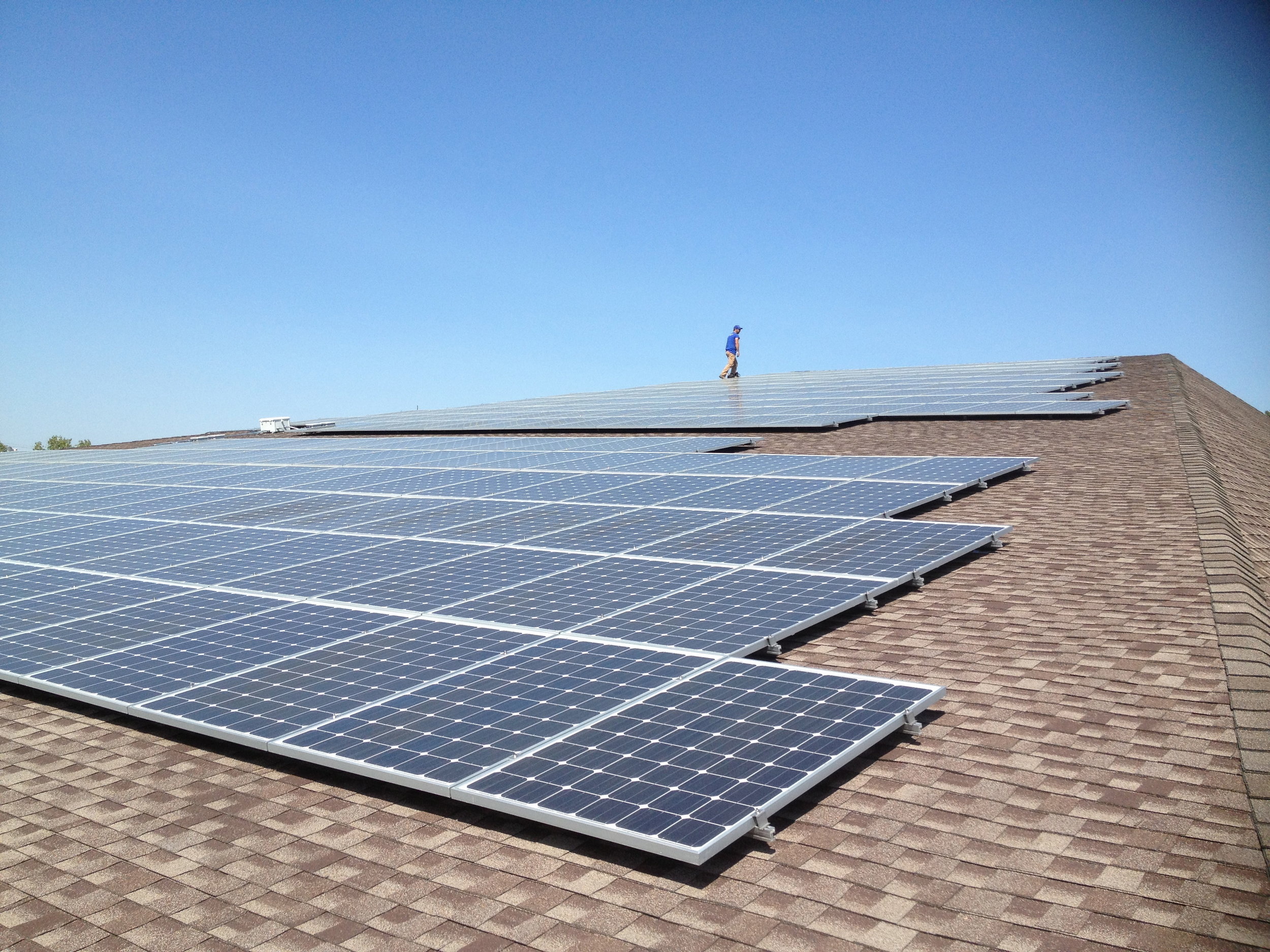

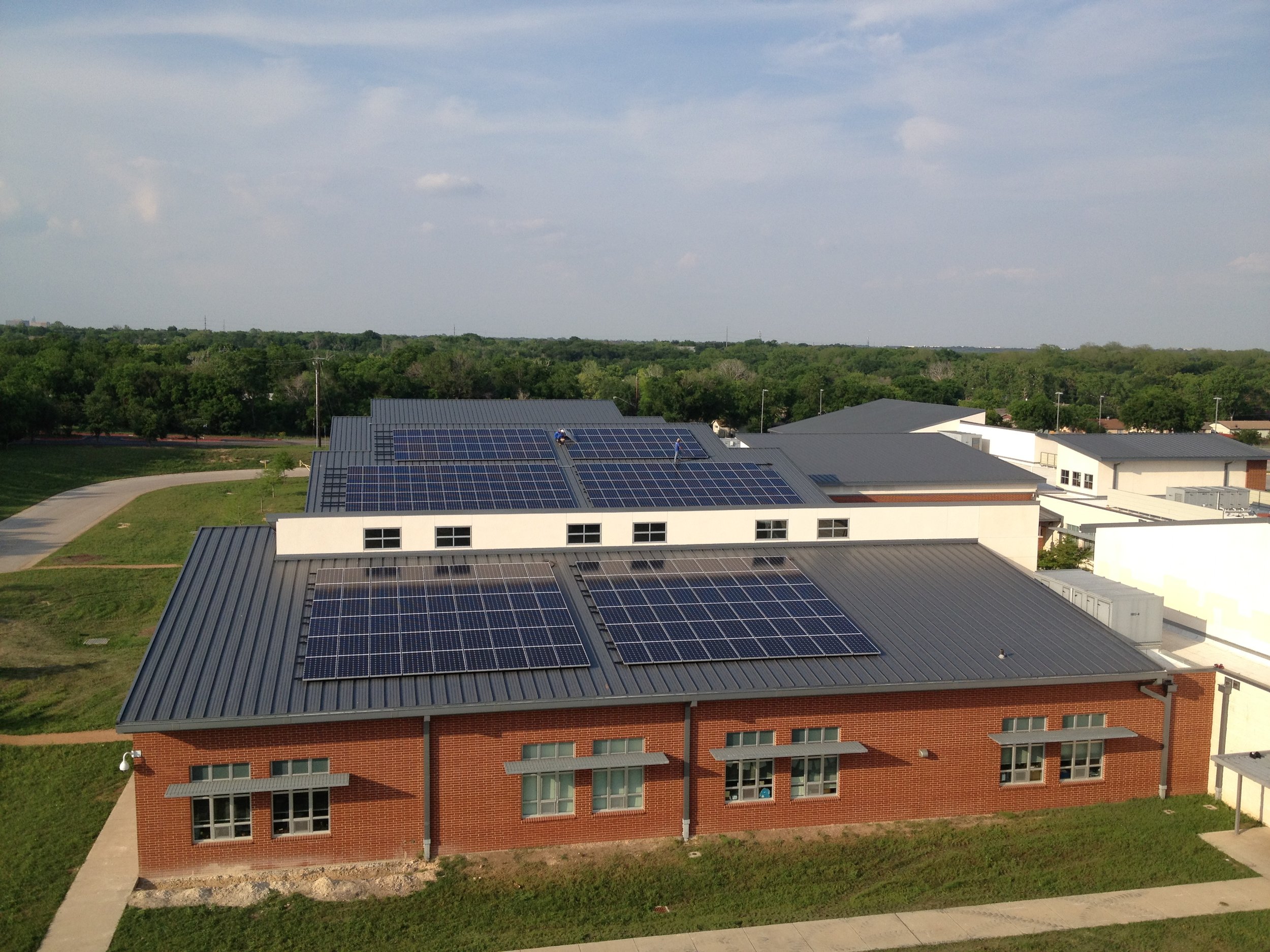
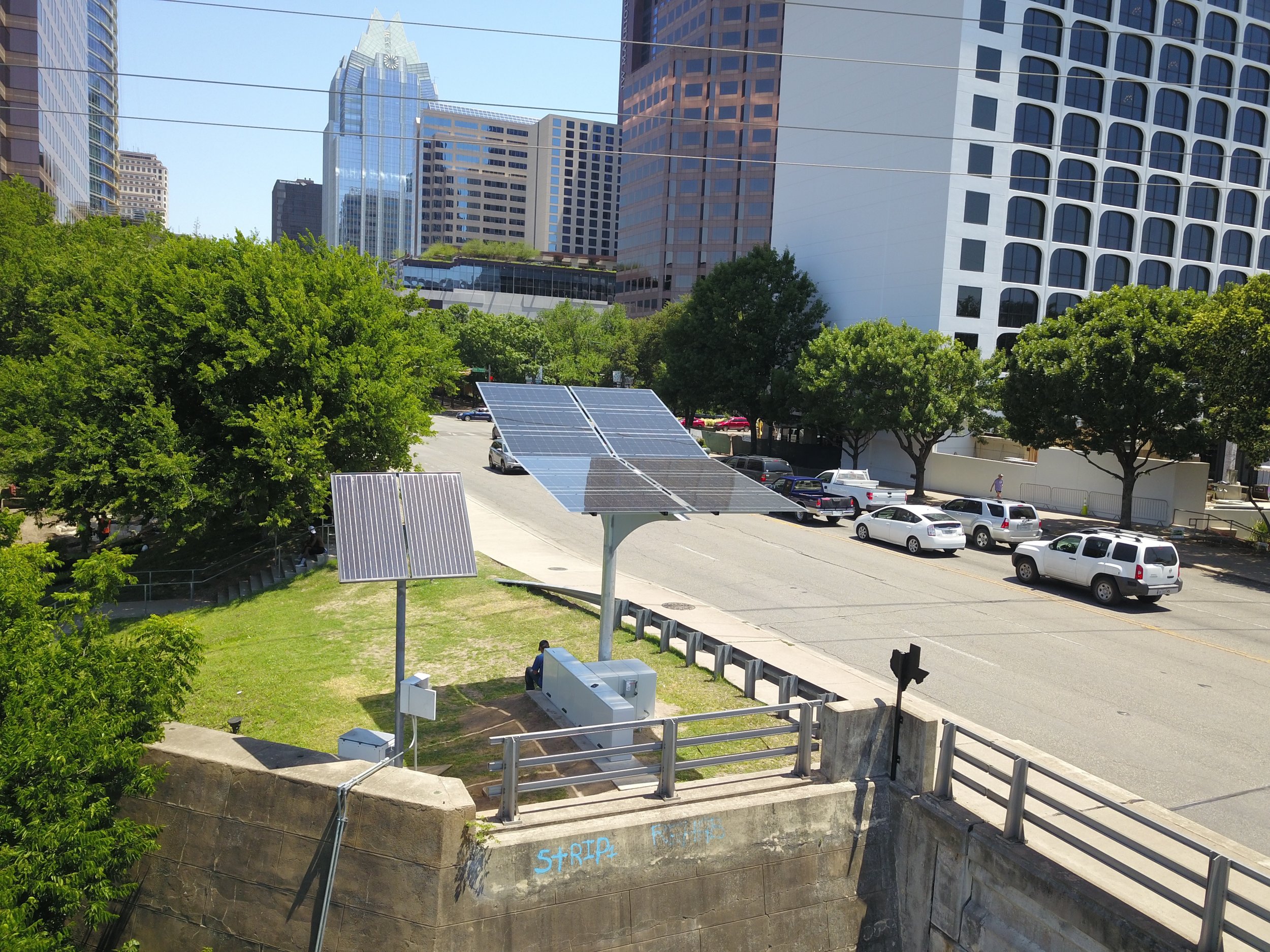


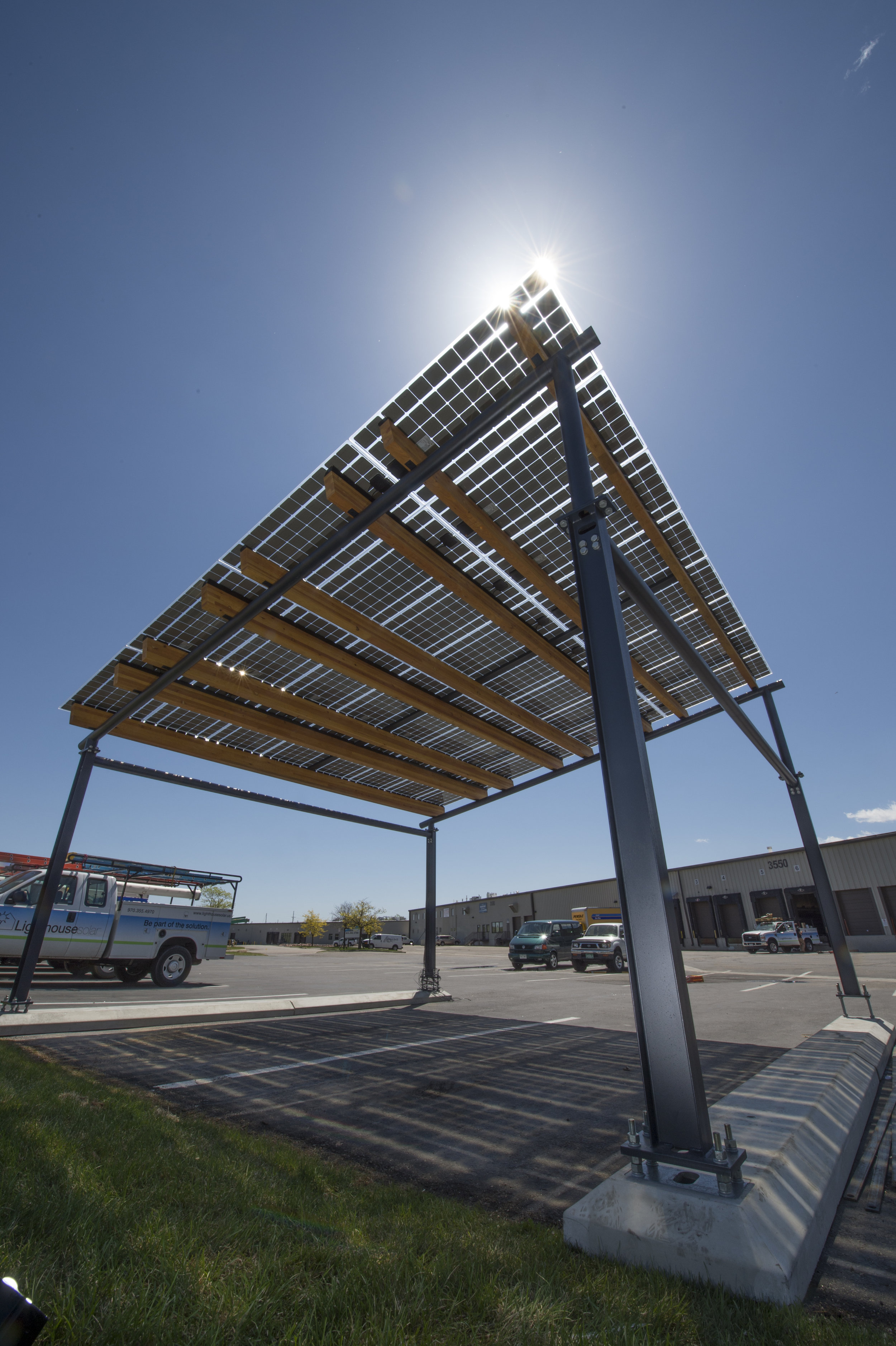

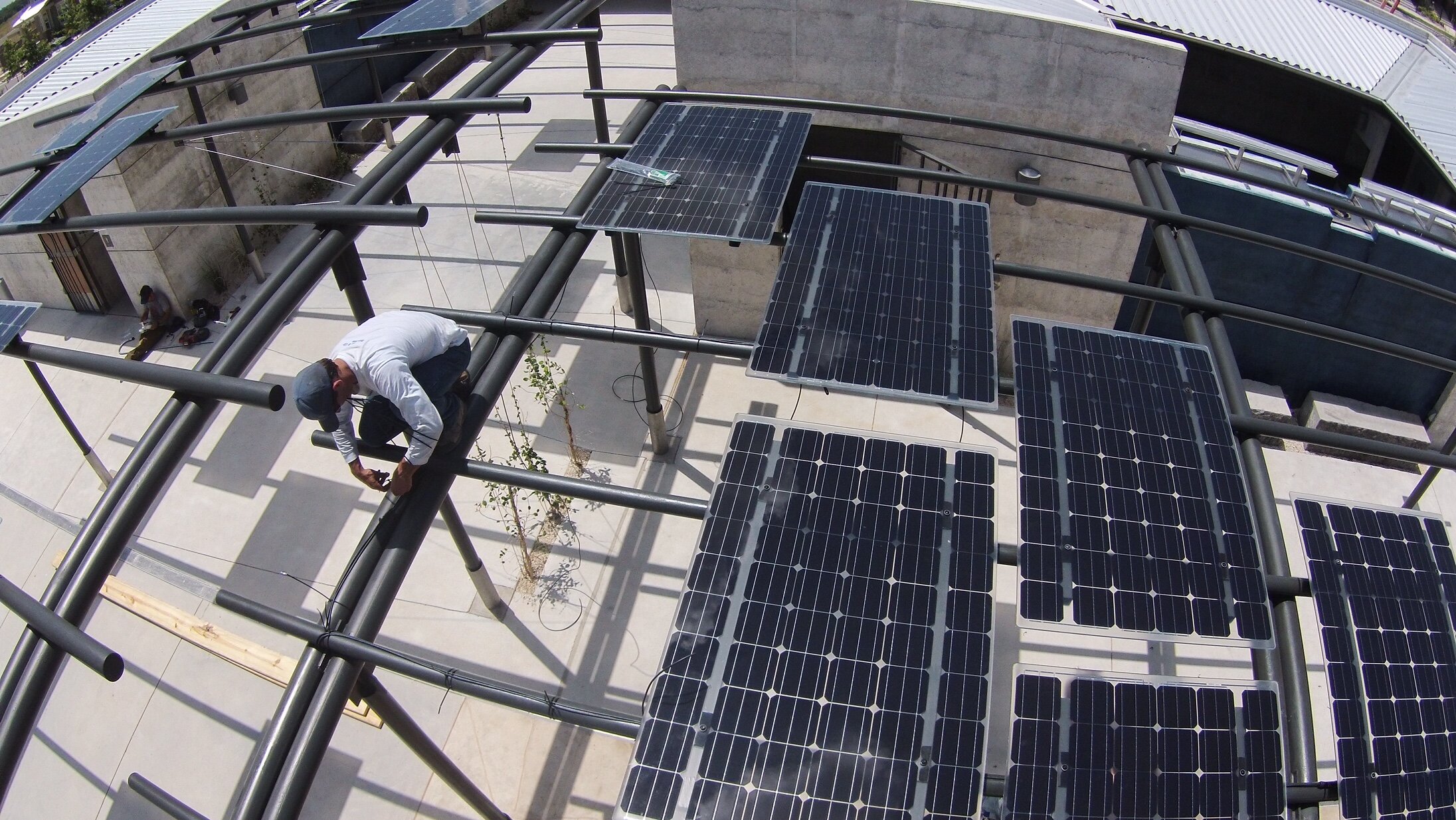
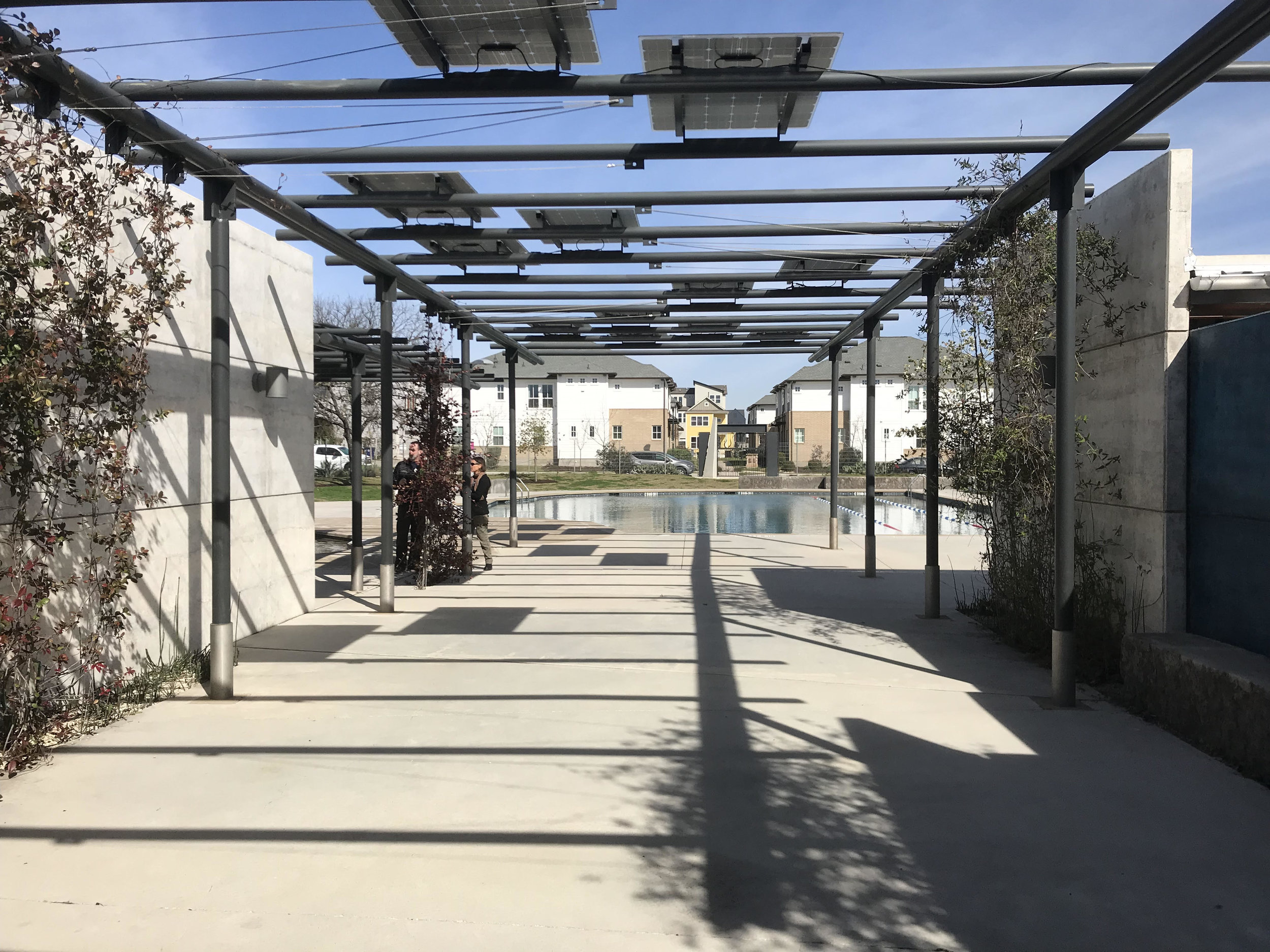


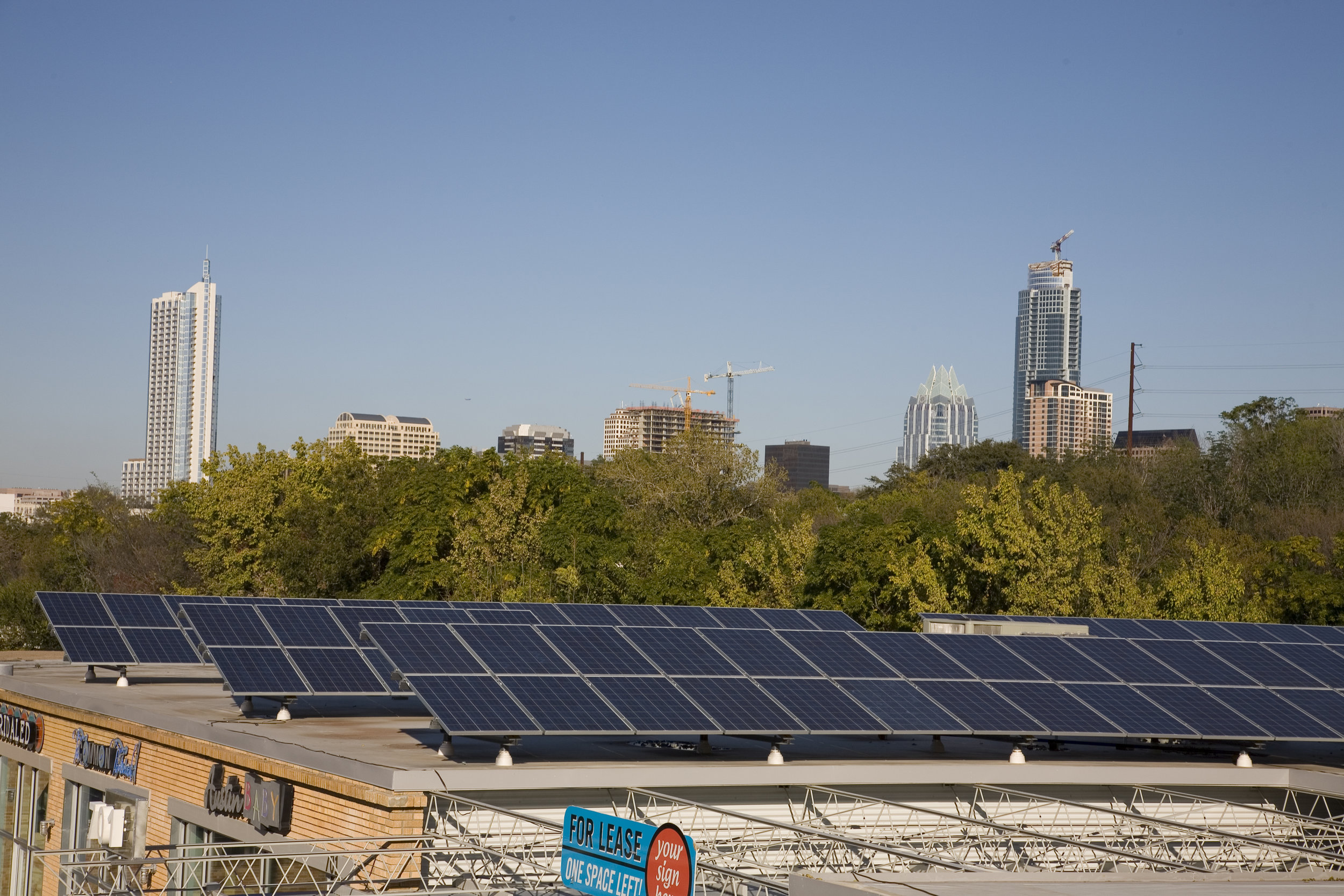
The Lighthouse Solar Way encompasses our philosophy and dedication to bringing 100% customer satisfaction to every client. Our standard service offering is proof that we stand behind every solar system we install.
Limited Lifetime Workmanship Warranty
Lighthouse Solar guarantees our workmanship for the lifetime of every system we install. If there is a problem with our workmanship we will repair, replace or refund as required. System components, including the modules and inverters, are not covered under this warranty but we do honor our manufacturer warranties and will replace any faulty products free of charge as long as they are covered under the original manufacturer warranty.
System Performance Guarantee
Lighthouse Solar offers a 25 Year system performance guarantee. We guarantee that your system’s production will be no less than 90% of our forecast production. If the average of the previous 3 years actual production is less than 90% of our forecast production for the then current year, we will reimburse you for the difference at the average retail cost of energy for the period plus any applicable production based incentives.
Lightgauge Data Monitoring
We provide with every solar system the Lightgauge production and consumption monitoring solution. With no residual fees, our monitoring solution allows local and web based, real-time access to your system’s performance and your home or business’s consumption. Lighthouse Solar maintains a portal into your system’s performance to assist in remote diagnostics and expedited service.
We stand by our work and are committed to creating and maintaining long-term partnerships with our clients. We have made the investments in expertise and business practices to be accountable for these commitments. The three Lighthouse Solar standard practices above are a testament to our broader commitments to a lifetime of clean, renewable energy.
A Journey To A Net Zero Energy Home
Solar Panel System with Battery Storage
As the extreme weather event such as heatwaves, hurricanes, floods, wildfires, drought, and rising sea levels is emerging, rooftop solar panels offer an affordable solution to restore natural systems with renewable, carbon-free energy. Distributed solar offers tremendous potential to reduce our nation’s GHG emissions, and large deployments will also reduce sulfur and mercury pollution while saving approximately 60,000 American lives each year.
One remarkable net zero energy project that had a positive impact on the community, the environment, and our company is the Starkey solar project.
Background
Gil (James) Starkey is co-founder of 350 Austin, a nonprofit organization fighting the climate crisis. He has dedicated his energies to inform people about global warming while personally taking on the climate crisis by shifting his reliance away from fossil fuels and moving toward clean energy with rooftop solar, a battery system, and a fully electric vehicle.
Starkey and his wife Roberta Tsurkahara have been interested in solar and energy conservation for a long time. They had solar on the home prior to their move to Texas and were familiar with the benefits when they purchased their new home in the Mueller neighborhood. Installing another rooftop system seemed like the right thing to do. They have owned their current system for three years now and are contributing to a more fossil-fuel-free world.
Since their home was newly built, they were not certain what their energy needs would be, but they wanted a photovoltaic system projected to offset over 90% of their consumption. After some discussion and number crunching, they concluded a 7.5 kW system would be a good fit. The system produces an average of 10,705 kWh yearly by utilizing 25 LG 300W AC modules. However, the Starkey family has managed to consume less electricity than the average home of its size. The result is they produce more electricity than they use and the family has yet to pay an electric bill.
This year, with federal incentives scheduled to decline in 2020, the Starkey’s decided to make their next big investment by purchasing an electric vehicle and a battery system. With two Tesla PowerWall batteries, they can manage their entire home electricity consumption and monitor their usage. Battery storage is another tool that helps the Starkey family deal with climate change and manage their way through blackouts.
Customer Interview
I had an opportunity to ask Gil a few questions about his solar journey.
Nafi: What interested you about going solar initially?
Gil: Having lived most of my adult life in the Boston area, we had no real opportunity for solar power, since we lived in urban condominiums. These buildings ranged from 70-110 years old and were difficult at that time to retrofit for solar. I became interested in solar when I moved to Austin in 2000 and built a house. Our interest at the time was to limit, as much as possible, our direct impact on the environment. Generating our own electricity was, therefore, appealing.
We were not able to implement solar before returning to New England, this time to an ecovillage in Maine. We installed solar there for the same reasons we had planned to do so here in Austin. By the way, we were in mid-coast Maine, where wintertime overnight lows are quite frequently below zero, often 10-15 degrees below zero. Our house was designed to approach the Passive standard, so it was extremely well insulated and faced solar-south to maximize passive heating. Because of these factors, our home had to be, and was, 100% electric, even in a frigid climate. Our solar panels enabled us to live very comfortably at nearly net-zero. That experience sold us on solar panels.
By the way, solar panels were cropping up all over Maine on 100 to 150-year-old farmhouses. I was surprised to learn that although Maine receives much precipitation and experiences many cloudy days, it actually receives more sunshine than Germany, where solar panels are ubiquitous. No wonder Mainers, thrifty New Englanders that they are, were installing solar!
Nafi: How did you choose a solar installer?
Gil: Having already decided to go solar once we returned to Austin, I began researching companies as soon as we knew where we were going to live. My research narrowed things down to a few companies and my decision was confirmed when I discovered that our neighborhood had gone through a selection process for a significant solar project a year or so before we moved in.
Nafi: What advice would you give to someone who wants to go solar?
Gil: First of all, it just makes sense from economic, environmental, and climate change perspectives. Texas is absolutely bathed in sunlight. I am baffled that governments and electric utilities do not promote and subsidize solar more strongly. The more solar people install, the fewer utility-grade power generation facilities must be built, and that alone will save utilities hundreds of millions of dollars.
The price continues to plummet. Two years after installing solar in Maine, we purchased a system here that was 40 percent larger, but the net price of the two systems was the same. We (humanity) must move to a zero-carbon economy at warp speed. Global heating is approaching tipping points that once crossed, cannot be reversed. Utilities have traditionally contributed the most greenhouse gases, so widespread solar (and wind) generation is a necessity. It makes sense. Do your research. Find a strong, reputable company, and get a proposal.
Nafi: Do you have any data on your solar system’s performance you found it interesting to share?
Gil: Our system was intentionally over-engineered because we planned at some point to purchase an electric car. We now have our EV, and I am pleased to report that our solar array is supplying all of our home's electricity, even in summer, plus charging the car. We are effectively off-grid for home and transport. Since installing solar in February 2016, we have not paid any utility bills. That’s right, $0, and we have a substantial credit with Austin Energy.
Without a rooftop solar system, they would have paid approximately $1,243 per year for the electric bill. Moreover, the solar panel system cost will be paid off within 8 years and the total amount of money the household will save within 30 years is estimated at $41,785.
Net Zero Energy Home: Austin,Texas
Solar+Storage Data Monitoring: a Strong Tool to Manage Usage
Everyone is familiar with data collection trends and the ways in which information is used and misused; from sabermetrics in baseball to news blasts on Facebook. But when it comes to conserving energy in your home, energy monitoring tools are extremely useful. These tools are available for consumers to monitor the production of their photovoltaic systems and the energy consumption of their home or business.
The ability to see and use consumption data enables the Starkey’s to make informed decisions about their electricity use— knowledge is power when it comes to conserving energy. Online monitoring tools enable customers to access information from their browser or smart phone. After three years of monitoring, the Starkey system has offset 100% of their home electricity consumption. This could change next year with the additional EV home charging load; time will tell.
The graph illustrates the electricity generation and consumption for two summer days related to the Starkey family solar system. Despite the higher consumption in the summer time and using an EV charger the production still matches what the household demands.
Conclusion
The United States installed 2.7 gigawatts of solar in the first three months of this year, which set a record for the first quarter of a year. In addition, 25 percent solar growth is predicted this year by Wood Mackenzie Power & Renewables institute. According to Renewable Energy World Texas holds great potential to increase renewable energy generation and to integrate distributed solar resources in innovative ways while preserving our deregulated market structure. Collective action is all that is required to move and make Texas green.
If you would like to learn more about Lighthouse Solar services or be a part of the green movement, contact us at Lighthouse Solar for a free estimate and consultant.
Click HERE or call us at (512) 476-5555.
- By Nafi Shah & Jay Bramble
Attention Austin Energy Customers!
Lighthouse Solar
August 31st is the last day to secure the Austin Energy $3500 summer rebate!
Are you surprised by your summer electric bill? July has been the earth’s hottest month on record. Solar panels are the best tool to combat a high electricity bill and save money.
If you’ve been waiting to go solar, now is the perfect time! Austin Energy (AE) solar incentives can go a long way to make solar affordable. Austin Energy provides a chance for its customers to get a $3,500 rebate when they install a solar system on their home. In addition, you are eligible for a 30% Solar Tax Credit from the Federal Government - which is dropping to 26% in 2020. Don’t lose your chance to maximize your savings by installing a qualifying solar photovoltaic (PV) system on your home. The Austin Energy $3,500 rebate will expire on September 1st Installation is not required by this date. Rebates can be secured through a letter of intent with Austin Energy. Contact us to show you how.
Support sustainable green solar energy:
To Save Money & Reduce Your Electricity Bill
To Protect the Environment and Keep Austin Green
Strengthen Our Local Economy by Creating Clean Energy Jobs
Reducing Your Electricity Bill
Help Grid Demands During Peak Hours
At Lighthouse Solar our sales/design team will generate a customized proposal for your home!
If you’re interested in getting a free solar consultation call us at (512) 476-5555 or click on the button.
_ Nafi Shah
Communication Coordinator
LighthouseSolar
Solar Tax Credit Is Stepping Down in 2020
Rooftop Solar Panels
Designed & Installed by LighthousSolar
What Is the Solar Investment Tax Credit (ITC)?
The solar Investment Tax Credit is one of the most important federal policies to support the expansion of solar energy in the United States. The ITC is a 30% tax credit for the solar system installed on residential, commercial, and large-scale utility solar farms which enables you to deduct 30% of the cost of solar installation from your federal tax liability and there is NO cap for that!
The most important benefit of the solar tax credit is to provide financial support for customers and make the process of shifting toward a solar power system more affordable, as well as providing market assurance for companies to develop long-term investments that drive competition and technological innovation, which result in lower energy costs for consumers.
How the Solar Tax Incentive Works?
The most important consideration to be eligible for the solar tax credit is that you own your solar energy system. Either as a business owner or homeowner you can claim your tax credit directly. If you don’t have enough tax liability to claim your whole tax credit in the first year, don’t worry, you can rollover the remaining credits across the next 5 years.
On average, American households use 11,000 kWh electricity per year and to offset all of that electricity use, we would recommend an 8 kW solar system. If installed by LighthouseSolar, this would cost you an estimated $20,000 (before tax credits and rebates) which makes you eligible to receive $6,000 solar tax credit. The net investment, without considering any local rebates, is thus $14,000.
How Long will the Solar Tax Credit be in effect?
There has been a much debate on the expansion of solar tax credit. Congress passed a bill in 2015 and the tax credit is now available to homeowners and commercial sectors with different rates through 2021.
However, the full 30% tax credit WILL NOT be available after 2019 and will drop by 4% as of January 2020. The tax credit will thus begin a slow rampdown through 2022 as follows:
2019: The tax credit remains at 30% of the cost of the system. This means that if you get your system before the end of 2019, you will have the opportunity to get 30% tax credit for your solar panel system.
2020: Owners of a new residential and commercial solar power system can only deduct 26% of the cost of the system from their taxes.
2021: Owners of a new residential and commercial solar system will be able to deduct 22% of the cost of the solar power system from their taxes.
2022 onwards: Only owners of a new Commercial solar PV system can deduct 10% of the cost of the system from their taxes. There is No Federal Tax Credit for Residential solar energy systems.
In summary, the solar Investment Tax Credit is applied to your solar power system cost and the amount you receive varies based on the solar system size you choose. A simple example of the differences in the solar tax credit in 2019-2022 for a 13-kW solar system size is shown below:
Changes in your savings as Solar Tax Credit changes in 2019-2022
|
Year |
Total Solar Cost before Tax & Rebates |
Tax Credit |
Credit Amount You Receive |
Tax Deductible |
% Change |
|
2019 |
$28,448 |
30% |
$ 8,534 |
|
N/A |
|
2020 |
$28,448 |
26% |
$7,396 |
($1,137) |
-13% |
|
2021 |
$28,448 |
22% |
$6,258 |
($1,137) |
-15% |
|
2022 onwards |
$28,448 |
10% |
$2,844 |
($3,413) |
-55%
|
* No Tax Credit for Residential Sector by 2022 onward.
In 2020, the Tax Credit will drop 4%, which means you will earn $1,130 less than the previous year in terms of tax credit. So, if you are interested in going solar and have been waiting for the right time, you should act now to enlarge your savings.
LighthouseSolar Hints:
Battery storage systems are also eligible for 30% solar tax credit when the battery system is charged at least 90% by a renewable energy source (solar) and is installed at the same time.
It is important to understand your solar investment. To the extent that getting multiple quotes helps you understand the value and specifics of solar, we encourage you to pursue your options.
Demand of your solar provider the level of experience and service proportionate to your investment. Solar has a claim on permanence that many other investments around your home cannot compete with. We recommend relying on the experience of your friends and peers as trusted sources of information and validation. The solar installation is an investment and you would like to have a company that supports you and provides great services when you need it.
Working with local companies has many values. There is a community and economic value to supporting your local economy, but more importantly, your solar system will need support and or a tune up at some point in its life and it is very important to work with a company that is of this place. Based here, operates here - today and in the future.
Residential Solar System
If you’re interested in figuring out the value proposition that solar can offer, we provide Free Consulting. The LighthouseSolar professional sales team will be happy to answer any questions you might have.
- Nafi Shah
Communication Specialist
LighthouseSolar

















